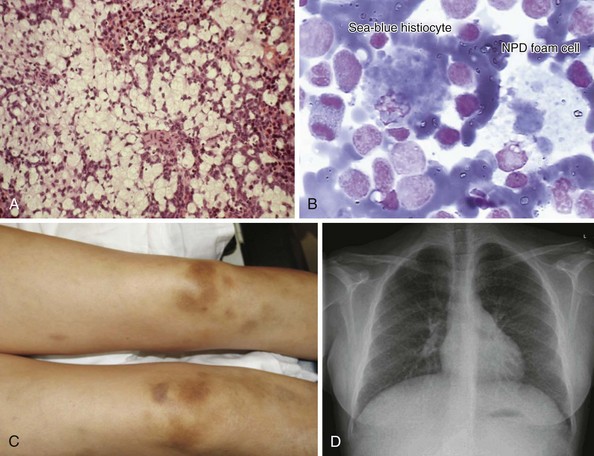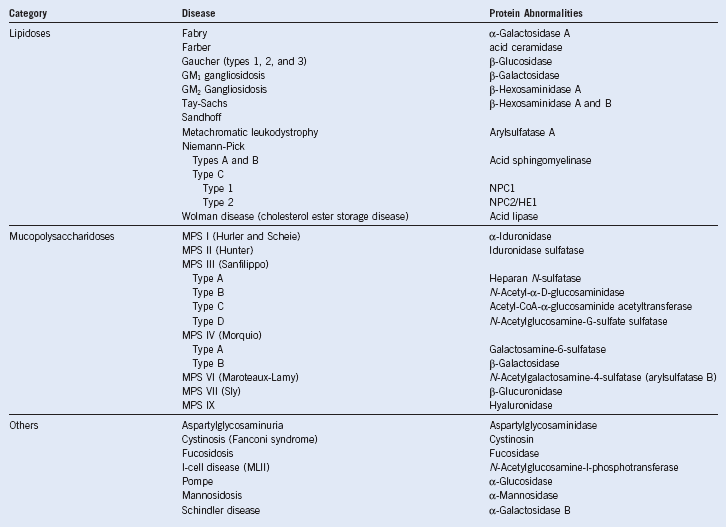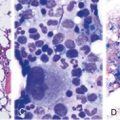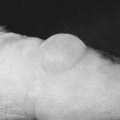Chapter 20 Lysosomal Storage Diseases
Perspectives and Principles
Treatment of Lysosomal Storage Diseases

Figure 20-1 A, Typical histopathology (hematoxylin and eosin E staining) of a liver section from a patient with type B Niemann-Pick disease (NPD). Note the lipid-filled macrophages (Niemann-Pick cells) that are characteristic of this disorder. B, Micrograph of the bone marrow from the same patient with type B NPD showing the presence of an NPD cell, as well as a sea-blue histocyte. Both cells may be characteristically found in the bone marrow of these patients. C, Bruising that may be seen in type B NPD and is associated with thrombocytopenia. D, Chest radiograph of a patient with type B NPD showing the diffuse reticulonodular interstitial changes in this disorder.








